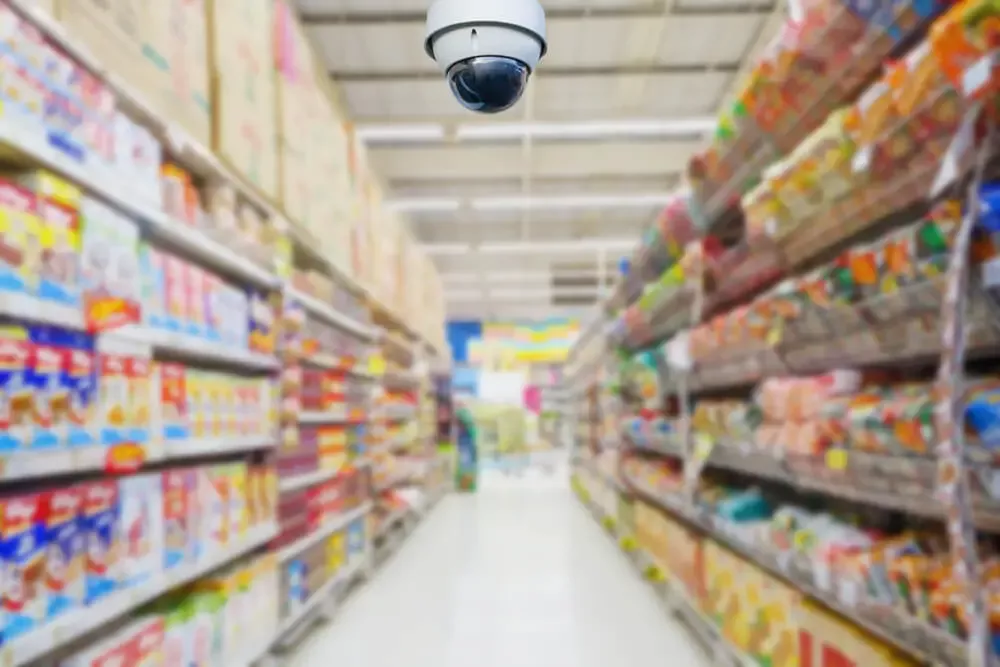Walking The Line Between Personalization And Privacy
- Compliance Management
- 06 February 17

Introduction
2017 promises significant shifts in retailer tactics as they embrace more intimate conversations, leveraging the power of digital devices, analytics and channels. Walking the fine line between becoming a trusted advisor, to intrusion and perceived (or actual) privacy violations, will become as much of a science as it is an art in today’s world.
Here’s a look at the top five trends that will impact the retail industry in 2017.
1. Beyond Mobile Payments: Enhancing The Personal Shopping Conversation
Retailers will provide innovative mobile apps to enhance customer experience, going beyond simple payments to establishing a virtual, real-time, personal shopping conversation — for example, notifying sales associates of a drive-through pickup or return. Retailers will equip associates with mobile devices to reach out to in-store customers, track real-time shopping behaviors and send curated offers while blurring the line between online and in-store shopping.
2. Predicting The Path To Purchase And Preference: Blurring The Line Between Online And In-Store And Satisfaction Based On Actual Use
Omnichannel will reach beyond purchase into actual use as retailers unify online, offline and Internet of Things analytics to understand the 360-degree view of an individual’s needs and behavior and gain insight into preferences. Correlation analysis throughout the shopping journey will increasingly be used to predict an online or offline purchase, using browsing history, reviews read, social media networks and favorites on sites like Facebook or Pinterest — blurring the line between online and in-store shopping. The focus will shift to helping impatient buyers make faster decisions, and at the same time build long-term loyalty. Most importantly, the Internet of Things will become increasingly critical in providing insight into how products are being used after purchase and predicting a repeat purchase or recommendation.
3. Frictionless Convenience Rules The Wallet
Understanding customer needs, wants and behaviors will drive retailers to strengthen the relationship by using partnerships and connected devices to create a frictionless, real-time experience. Retailers will use devices to reach out to in-store customers, track real-time shopping behaviors and send curated offers while establishing a virtual, real-time, personal shopping conversation. This will be bolstered by a rise in subscription services that provide clear value and built trust like Amazon Dash, 1-click and Amazon Prime. Retailers will leverage partnerships that capitalize on trust built with complementary, highly trusted brands to provide convenient buying experiences. We will see a rise in combined offers for a specific need – travel, hiking or formal attire — complete with personalized rewards.
4. Privacy Is A Two-Way Street
Consumers will begin to react to privacy concerns that arise from more intimate, personal conversations with their trusted retailers, with whom they allow tracking and analytics. Retailers will need to provide more transparency into actual analytics and increasingly allow consumers to participate in the co-creation and selective editing of their own profiles, going beyond simply opting in to how information will be used. In addition, retailers will need to provide tangible assurances that their private information is safe, as new cyber threats emerge that target mobile and Internet of Things. Innovative retailers will start to show how their app experience protects data in smart devices.
5. ‘Security by Design’ Throughout The Supply Chain
As consumer data accumulates from the shopping experience, through the supply chain into warehouses and out into the home through the Internet of Things, unencrypted transmissions and card-not-present transactions will present opportunities to hackers to steal personal data captured along this chain. Retailers will start to cooperate and adopt ‘Information Security by Design’ principles, building security deep into processes as opposed to bolting security monitoring onto processes after the fact.
Stay tuned for some astounding innovations by both retailers and the technology vendors that support them. And don’t forget that we are an essential part of these equations. As consumers, we co-create and influence innovations as they unfold in the landscape of our shopping experiences by staying engaged and, ultimately, voting with our (mobile) payments.
The original blog was published via Retail Touch Point. View it here.







